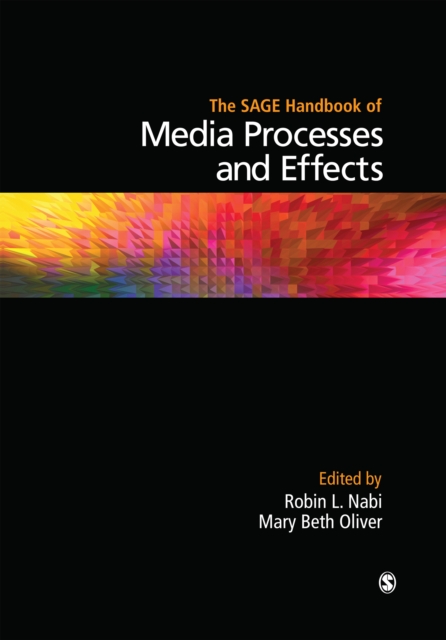
The SAGE Handbook of Media Processes and Effects EPUB
Edited by Robin L. Nabi, Mary Beth Oliver
EPUB
Description
The study of media processes and effects is one of the most central to the discipline of communication and encompasses a vast array of theoretical perspectives, methodological tools, and applications to important social contexts. In light of this importancea€"as well as the rapid changes in the media environment that have occurred during the past 20 yearsa€"this Handbook explores where media effects research has been over the past several decades, and, equally important, contemplates where it should go in the years ahead.
COVERAGE
- Part I offers an overview of the field and conceptualizations of media effects, along with a range of quantitative and qualitative methodologies used in the study of media effects.
- Part II focuses on prominent theoretical approaches to the study of media effects from a more societal perspective, tracing their historical contexts, theoretical developments, criticisms and controversies, and the impact of the new media environment on current and future research.
- Part III emphasizes the various factors that influence the critical functions of message selection and processing central to a host of mass media application contexts.
- Part IV reflects a dominant trend in the media effects literaturea€"that of persuasion and learninga€"and traces related theoretical perspectives through the various contexts in which media may have such effects.
- Part V explores the contexts and audiences that have been traditional foci of media effects research, such as children, violence, body image, and race, addressing the theories most applicable to those contexts.
- Part VI highlights a concern central and unique to the communication disciplinea€"message mediuma€"and how it influences effects ranging from what messages are attended to, how we spend our time, and even how we think.
Information
-
Download - Immediately Available
- Format:EPUB
- Pages:656 pages
- Publisher:SAGE Publications
- Publication Date:11/09/2009
- Category:
- ISBN:9781506319025
Information
-
Download - Immediately Available
- Format:EPUB
- Pages:656 pages
- Publisher:SAGE Publications
- Publication Date:11/09/2009
- Category:
- ISBN:9781506319025






